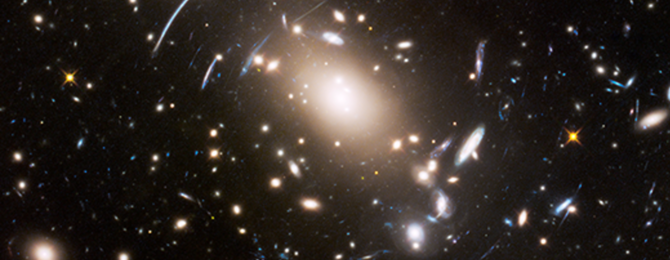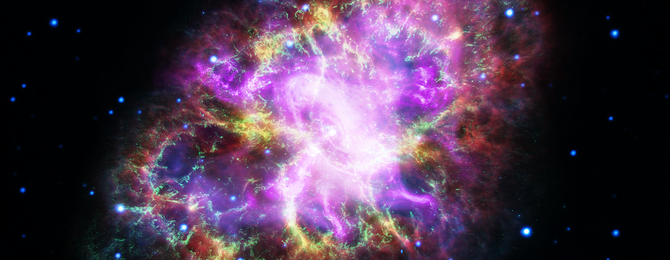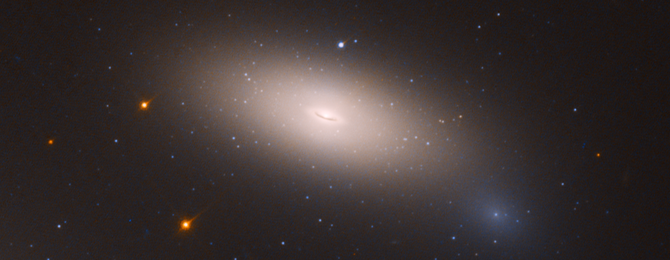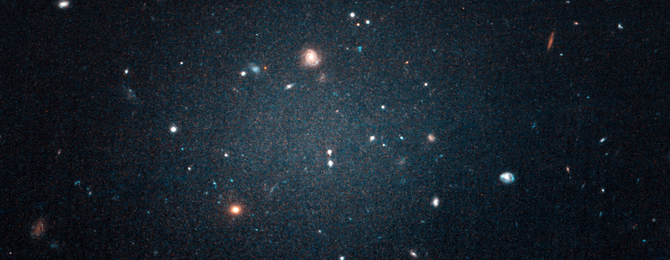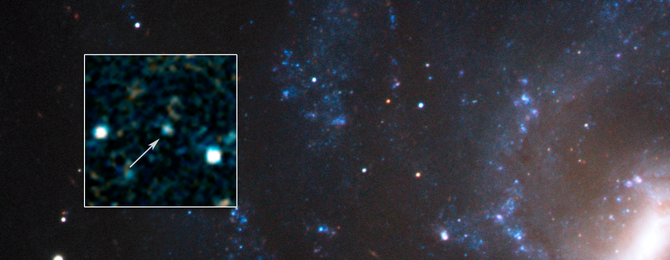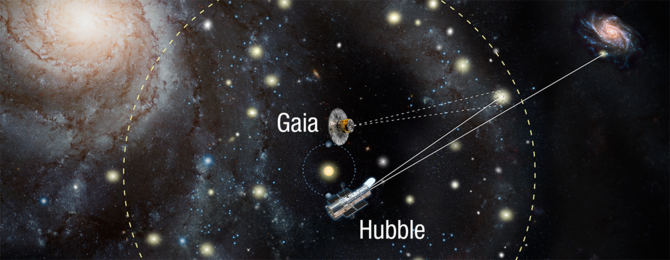Robby
Helper Bot
NASA's Hubble Finds Universe Is Expanding Faster Than Expected

When astronomer Edwin Hubble discovered nearly 100 years ago that the universe was uniformly expanding in all directions, the finding was a big surprise. Then, in the mid-1990s, another shocker occurred: astronomers found that the expansion rate was accelerating perhaps due to a repulsive property called "dark energy." Now, the latest measurements of our runaway universe suggest that it is expanding faster than astronomers thought. The consequences could be very significant for our understanding of the shadowy contents of our unruly universe. It may mean that dark energy is shoving galaxies away from each other with even greater – or growing – strength. Or, the early cosmos may contain a new type of subatomic particle referred to as "dark radiation." A third possibility is that "dark matter," an invisible form of matter that makes up the bulk of our universe, possesses some weird, unexpected characteristics. Finally, Einstein's theory of gravity may be incomplete.
These unnerving scenarios are based on the research of a team led by Nobel Laureate Adam Riess, who began a quest in 2005 to measure the universe's expansion rate to unprecedented accuracy with new, innovative observing techniques. The new measurement reduces the rate of expansion to an uncertainty of only 2.4 percent. That's the good news. The bad news is that it does not agree with expansion measurements derived from probing the fireball relic radiation from the big bang. So it seems like something's amiss – possibly sending cosmologists back to the drawing board.
(More at HubbleSite.com)

When astronomer Edwin Hubble discovered nearly 100 years ago that the universe was uniformly expanding in all directions, the finding was a big surprise. Then, in the mid-1990s, another shocker occurred: astronomers found that the expansion rate was accelerating perhaps due to a repulsive property called "dark energy." Now, the latest measurements of our runaway universe suggest that it is expanding faster than astronomers thought. The consequences could be very significant for our understanding of the shadowy contents of our unruly universe. It may mean that dark energy is shoving galaxies away from each other with even greater – or growing – strength. Or, the early cosmos may contain a new type of subatomic particle referred to as "dark radiation." A third possibility is that "dark matter," an invisible form of matter that makes up the bulk of our universe, possesses some weird, unexpected characteristics. Finally, Einstein's theory of gravity may be incomplete.
These unnerving scenarios are based on the research of a team led by Nobel Laureate Adam Riess, who began a quest in 2005 to measure the universe's expansion rate to unprecedented accuracy with new, innovative observing techniques. The new measurement reduces the rate of expansion to an uncertainty of only 2.4 percent. That's the good news. The bad news is that it does not agree with expansion measurements derived from probing the fireball relic radiation from the big bang. So it seems like something's amiss – possibly sending cosmologists back to the drawing board.
(More at HubbleSite.com)





